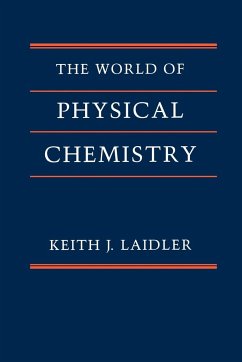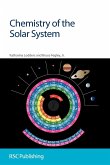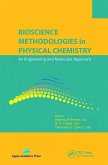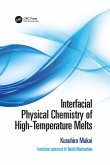He considers some of the difficulties faced by early investigators, as a result of attitudes of the churches, governments, and even the universities which at first were mainly interested in classical studies. Some account is also given of the way in which physical scientists have communicated with each other. Classical mechanics, and the modifications that had to be made to it, are briefly considered. The bulk of the book is concerned with the main branches of physical chemistry - thermodynamics, kinetic theory, statistical mechanics, spectroscopy, electrochemistry, kinetics, colloid and surface chemistry, and quantum chemistry - and how these subjects have developed up to the present time.
This book offers an account of the field of physical chemistry as it has evolved over the years, from its emergence as a distinct discipline in the late 19th century through today's miracle discoveries. The book covers all of the main branches of physical chemistry: thermodynamics, kinetic theory, statistical mechanics, spectroscopy, electrochemistry, quantum chemistry, and colloid and surface chemistry. It describes the difficulties faced by early investigators resulting from attitudes of the churches, governments, and even the universities, which tended to emphasize classical studies. The book also discusses the ways in which physical scientists have communicated with each other over the course of the discipline's history. Teachers, researchers and students of physical chemistry as well as physicists and historians of science will find this lively book interesting and informative.
Hinweis: Dieser Artikel kann nur an eine deutsche Lieferadresse ausgeliefert werden.
This book offers an account of the field of physical chemistry as it has evolved over the years, from its emergence as a distinct discipline in the late 19th century through today's miracle discoveries. The book covers all of the main branches of physical chemistry: thermodynamics, kinetic theory, statistical mechanics, spectroscopy, electrochemistry, quantum chemistry, and colloid and surface chemistry. It describes the difficulties faced by early investigators resulting from attitudes of the churches, governments, and even the universities, which tended to emphasize classical studies. The book also discusses the ways in which physical scientists have communicated with each other over the course of the discipline's history. Teachers, researchers and students of physical chemistry as well as physicists and historians of science will find this lively book interesting and informative.
Hinweis: Dieser Artikel kann nur an eine deutsche Lieferadresse ausgeliefert werden.








